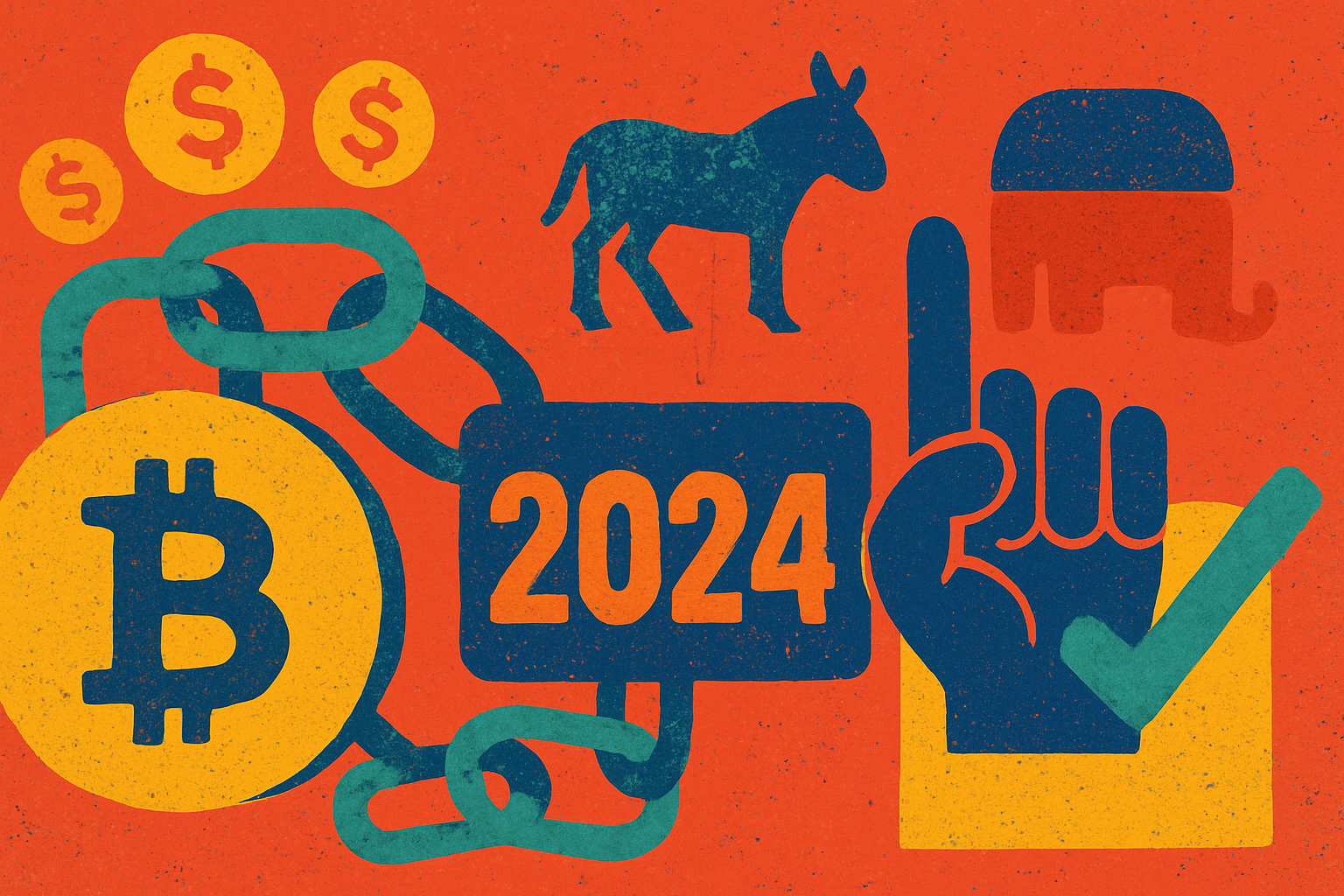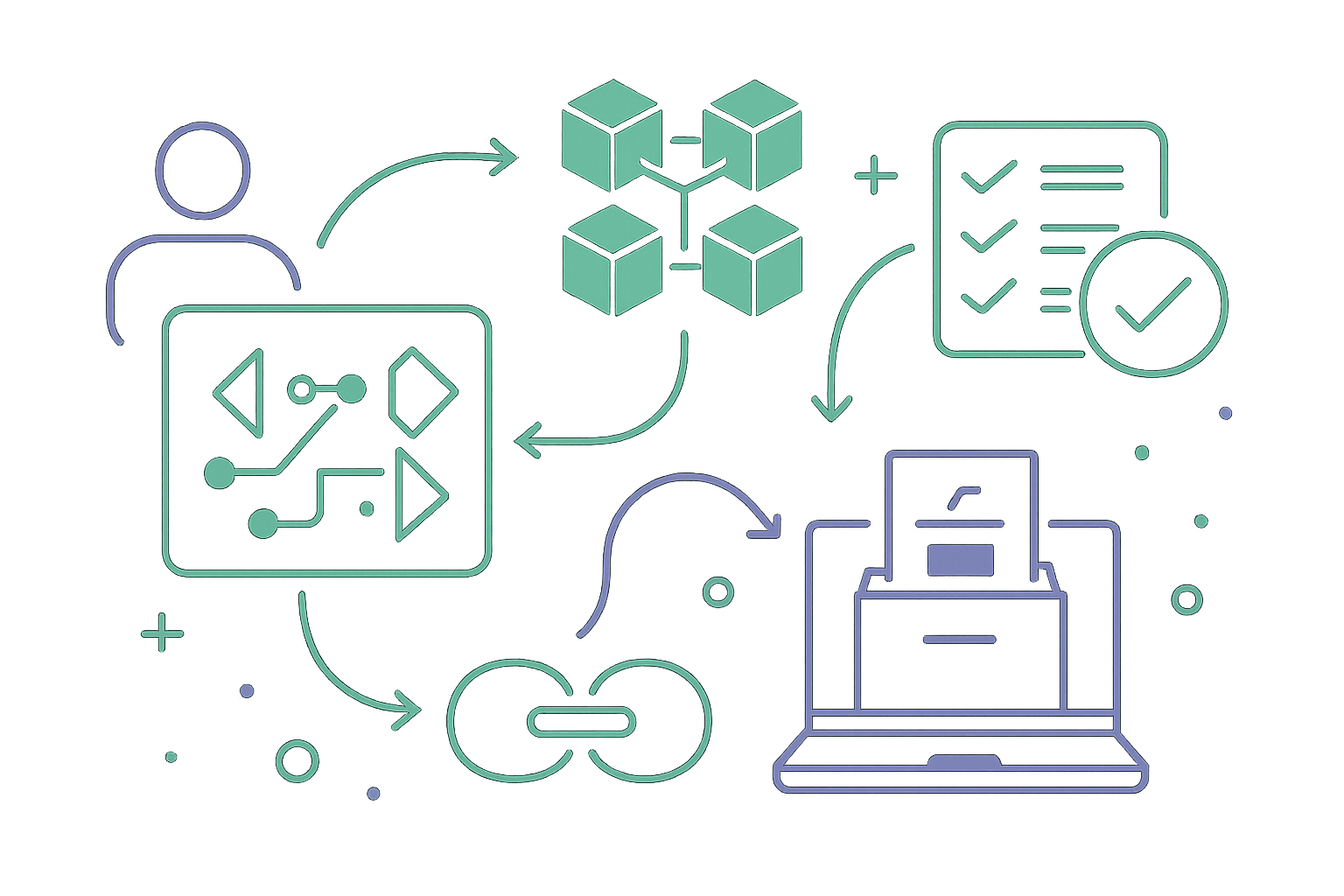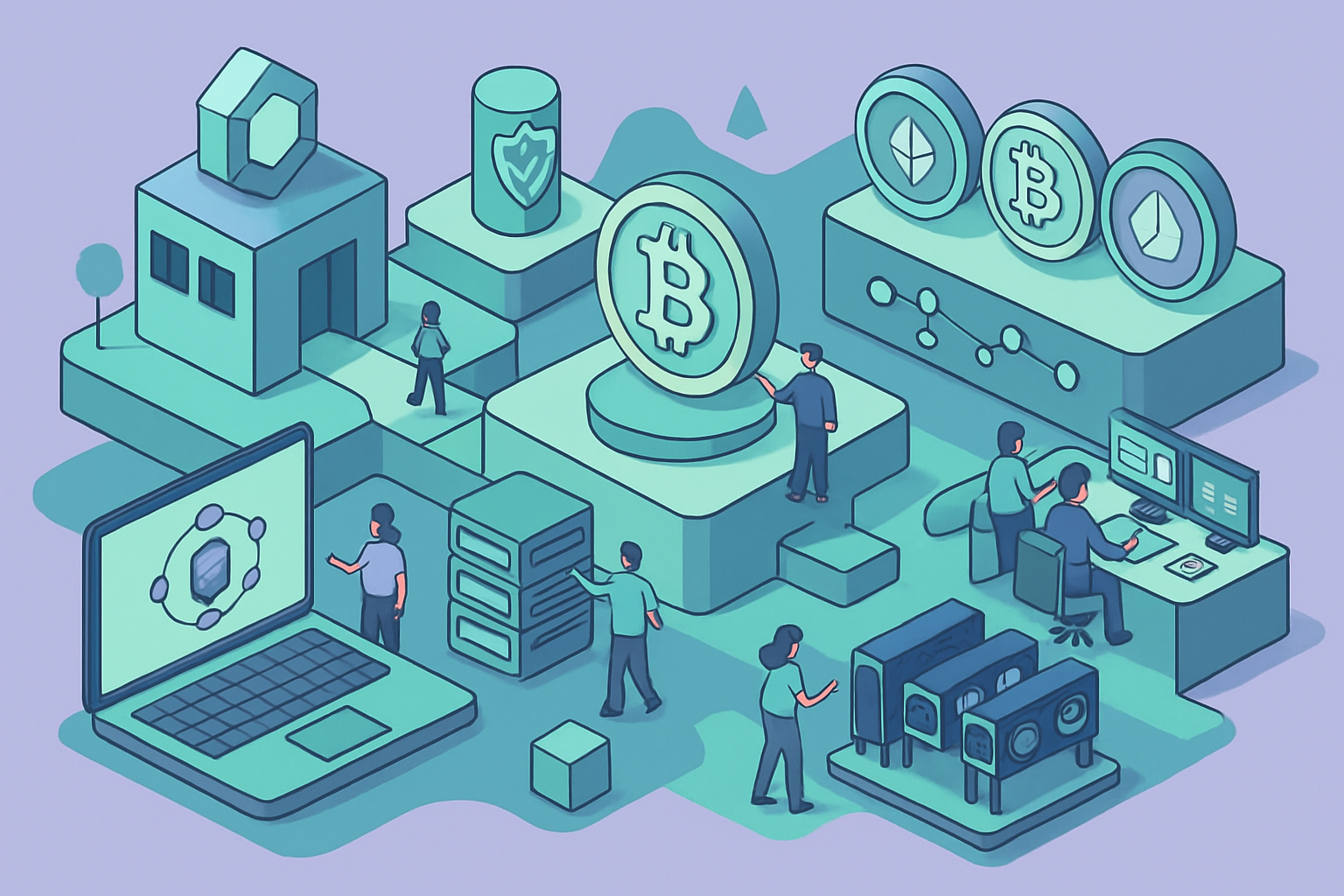How Blockchain Prediction Markets Are Transforming Political Betting in 2024

The landscape of political betting underwent a seismic shift in 2024, as blockchain prediction markets emerged as the dominant force for forecasting, and wagering on, election outcomes. No longer confined to the opaque and often sluggish world of traditional bookmakers or the statistical limitations of polling, crypto-powered platforms like Polymarket and Kalshi have redefined how both retail and institutional participants interact with political risk. This evolution is not just technical; it is fundamentally changing the way information flows, opinions are aggregated, and bets are placed on the future of democracy itself.

From Polls to Prediction Markets: Why Blockchain Is Winning in 2024
In the run-up to the 2024 U. S. presidential election, prediction markets processed unprecedented volumes. Polymarket, operating offshore due to U. S. regulatory constraints, saw over $200 million wagered on the outcome, dwarfing most traditional betting venues. At its peak, Polymarket’s odds reflected a 63% chance for Donald Trump and just an 18% chance for Joe Biden, providing real-time sentiment that outpaced even the fastest polls.
This accuracy is not anecdotal. A University of Cincinnati study found that a prediction market outperformed both major polling aggregators and top pundits in forecasting the 2024 results. The reasons are clear: blockchain prediction markets harness global liquidity, incentivize informed participation with crypto rewards, and update probabilities instantly as new information emerges.
The Regulatory Breakthrough: Kalshi’s CFTC Approval Changes Everything
While offshore platforms like Polymarket captured international attention, a pivotal moment arrived when Kalshi secured approval from the U. S. Commodity Futures Trading Commission (CFTC). This regulatory milestone allowed American users to legally trade contracts on political outcomes, something previously prohibited under U. S. law.
Tarek Mansour, Kalshi’s CEO, emphasized that “prediction markets provide real-time information, ” contrasting them with traditional polls that can lag by weeks. This immediacy is critical in fast-moving electoral environments where narratives shift by the hour. With legal clarity now established for certain types of election betting contracts, U. S. -based traders can finally participate openly in what was once an underground market.
The Numbers Behind the Boom: Growth Driven by Decentralization
The rise of decentralized prediction markets was not merely anecdotal, it was quantifiable. In Q3 2024 alone, these platforms experienced a staggering 565% growth, driven largely by surging interest in U. S. elections. This surge underscores how blockchain-based models offer something traditional bookies cannot: transparency at every step.
Every wager is recorded immutably on-chain, payouts are automated via smart contracts, and all odds are visible to anyone with an internet connection. This transparency builds trust among participants who may be wary of manipulation or slow settlements endemic to legacy systems.
Beyond transparency, decentralized prediction markets have democratized access to political speculation. With platforms like Polymarket and Kalshi, participants worldwide can engage with as little as a few dollars’ worth of crypto, eliminating the high barriers to entry that once limited election betting to professional gamblers or insiders. The result is a richer, more diverse information ecosystem, one where global sentiment is aggregated in real time and market odds become a living indicator of public opinion.
This shift has not gone unnoticed by the mainstream. Major media outlets and institutional analysts now routinely cite blockchain prediction market odds alongside traditional polls in their coverage. The 2024 U. S. presidential race became a proving ground for these platforms: as Polymarket’s odds moved sharply in response to breaking news or debate performances, traders and observers alike gained a window into collective expectations that was both dynamic and transparent.
Challenges Ahead: Regulation and Market Integrity
Despite these advances, the rapid ascent of crypto election betting raises important questions about regulation, responsible participation, and market manipulation. While Kalshi’s CFTC approval marked progress, many decentralized platforms remain outside U. S. jurisdiction, potentially exposing users to legal uncertainty or risks from less-scrupulous offshore operators.
Additionally, the sheer speed at which information flows through prediction markets can make them volatile in times of uncertainty. Traders must remain vigilant about liquidity risks and sudden price swings driven by rumors or coordinated actions. Still, the consensus among experts is clear: robust on-chain transparency and open-source auditing tools provide meaningful safeguards against many legacy pitfalls.
Looking Forward: The New Standard for Election Forecasting
The events of 2024 have set a new benchmark for how societies forecast, and bet on, political outcomes. As decentralized prediction markets continue to mature, their influence on media narratives, campaign strategies, and even voter perceptions will only grow. For those seeking an edge in understanding political risk, or simply looking for an innovative way to participate in democracy, the combination of blockchain technology and real-time markets is proving irresistible.
For deeper dives into how blockchain technology is reshaping election forecasting and what it means for crypto bettors, explore our related coverage:






